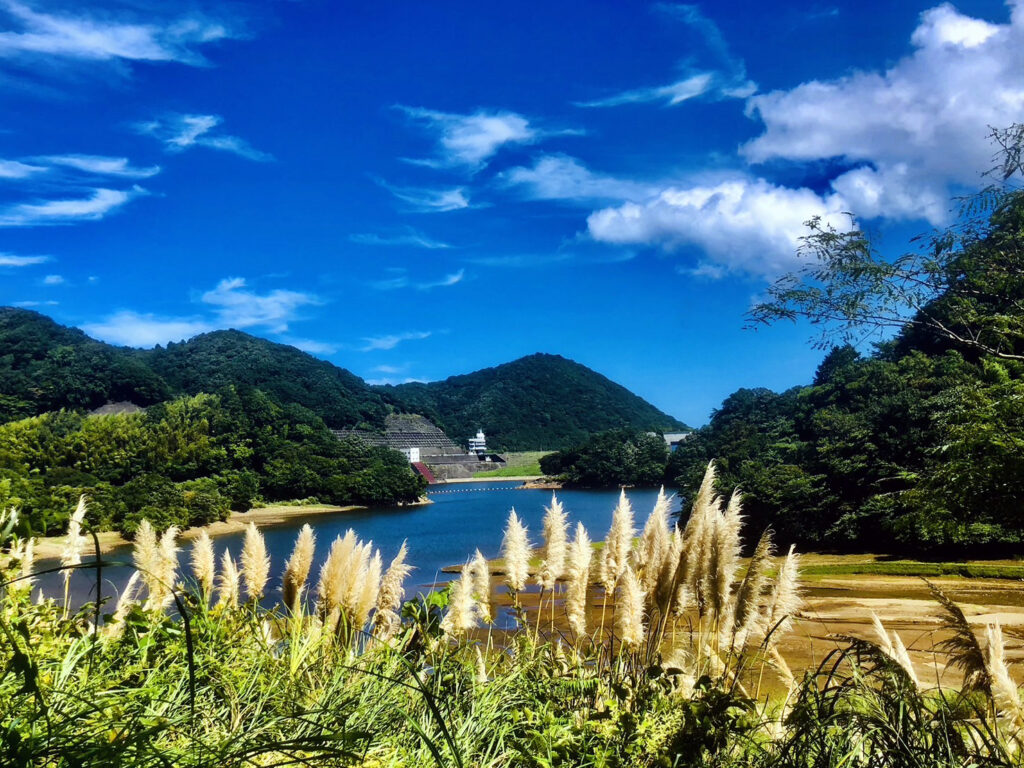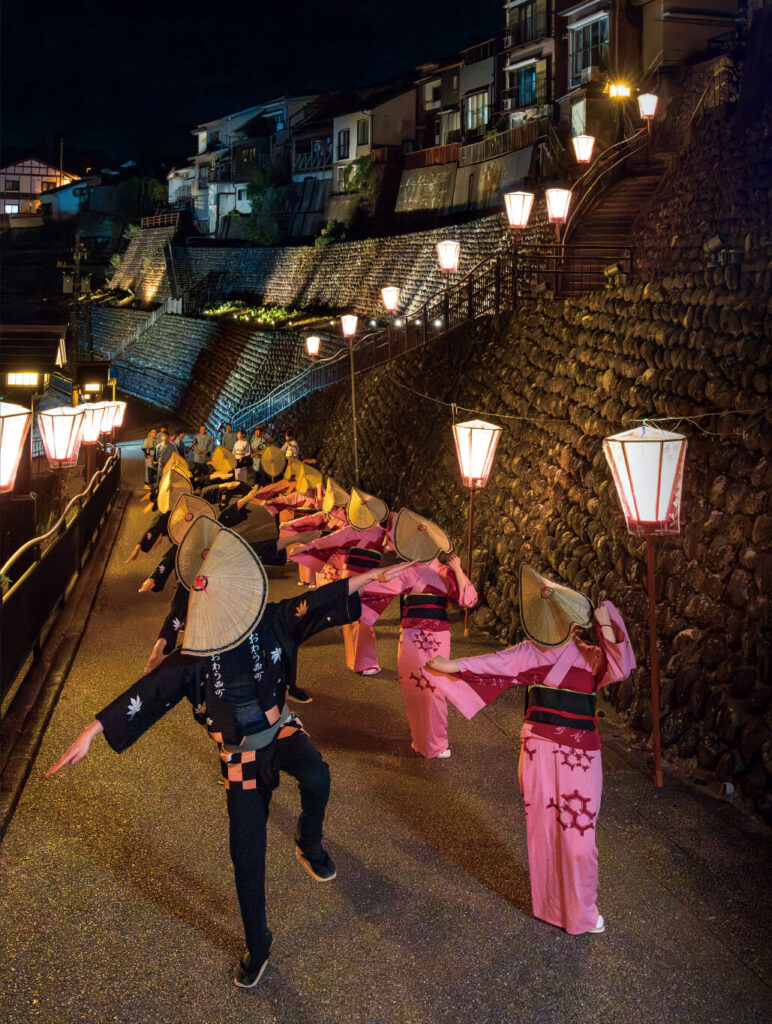Site Kit

According to the weather news on TV, while there are still places experiencing scorching days with temperatures over 35 degrees Celsius, I’ve received a letter that the October cherry blossoms have started blooming. Including the October cherry blossoms, all cherry blossoms that bloom in autumn to winter are collectively called winter cherry blossoms. The Taiwan cherry is one of them, with its blooming period from January to February. By January, the early-blooming Kawazu cherry blossoms will start to bloom, marking the beginning of next year’s cherry blossom season.
The day after tomorrow is the middle of the equinoctial week, so I expected news about red spider lilies, but instead, I received news of winter cherry blossoms, which is quite surprising. As for the red spider lilies, not only are there no flowers, but even the buds cannot be seen anywhere in the country this year, and it’s predicted that blooming will be much later. This is an unprecedented anomaly that defies common sense. The phrase ‘heat and cold last until the equinox’ has long been said, but now it seems that this saying has become obsolete due to the abnormality of the seasons.
Even now, the news is filled with reports, such as the Noto region, which was struck by a major earthquake at the beginning of the year, now facing torrential rains that occur once every few decades, causing rivers to overflow and massive floods. Despite only 30% of the earthquake recovery being completed, a ‘special heavy rain warning’ has been issued, leaving me at a loss for words of sympathy.
This abnormality in seasonal cycles and extreme weather is not limited to Japan. It is happening across the world, including in the United States and Europe. The entire planet is in a state of emergency. Now is not the time to be repeating wars and conflicts. Humanity must realize quickly that if we don’t act soon, it will be too late.
テレビのお天気ニュースではまだ35度を越す猛暑日が至る所で起こる中、十月桜が咲き始めましたよという便りです。十月桜も含め、秋〜冬に咲くサクラを総称して冬桜とも呼びます。寒緋桜もその一つで開花は1月〜2月です。1月にもなれば、早咲きの河津桜が咲き始めますから、もう来年の桜シーズンの幕開けです。
明後日はお彼岸の中日ですから、彼岸花の便りかなと思いきや、冬桜の便りですからびっくりです。その彼岸花も全国の至る所で、今年は花はもちろん蕾も見られない、開花はもっと先だろうというから、常識では考えられない異常事態です。暑さ寒さも彼岸までと言われてきましたが、もはやこの言葉も反故になった様な異常な季節巡りです。
こうしている今もニュースで盛んに報じられていますが、年初めに大地震に見舞われた能登地方が数十年に一度という大雨で至る所の河川が氾濫、大洪水に見舞われています。地震の復旧も30%にも達していないというのに、「大雨特別警報」が出る中、お気の毒でお見舞いの言葉も見つかりません。
季節巡りの異常さ、異常気象は日本だけでなく、アメリカやヨーロッパ、その他全世界で起こっているということですから、地球全体が異常事態です。戦争や紛争を繰り返している場合ではありません。早く手を打たなければ手遅れは間近に迫っているということに人類は早く気付かなければなりません。



